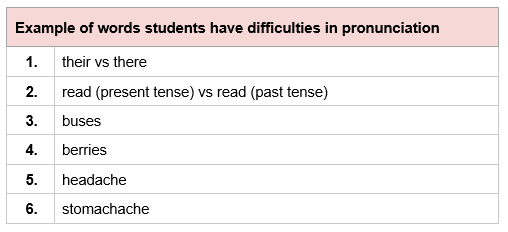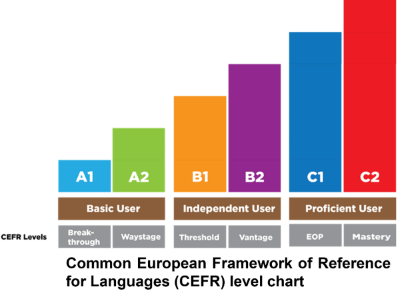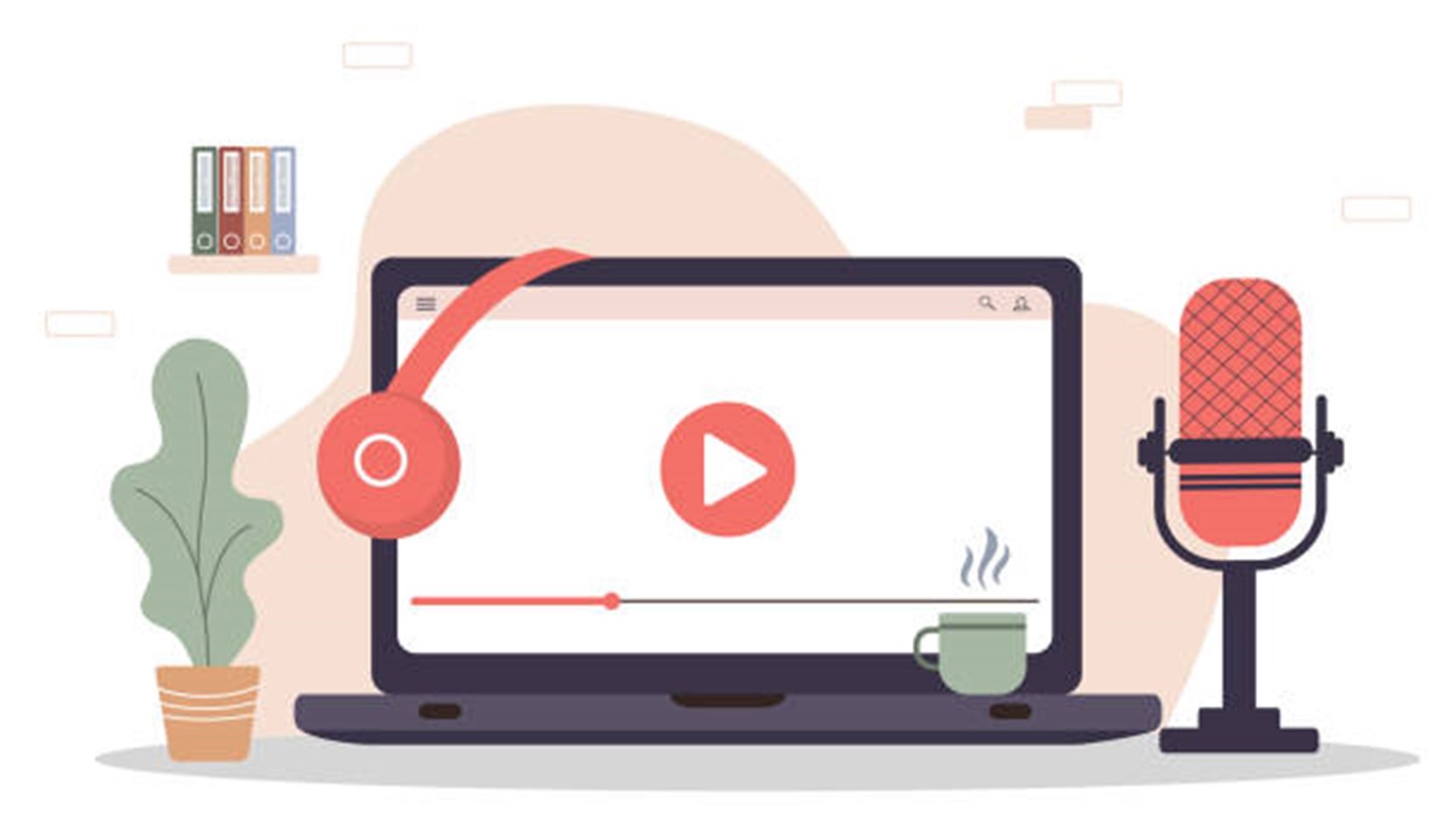Pronunciation is one of the most important elements in learning a language. Pronunciation is important in communication because the speaker needs to say something that makes sense so that the listener will be able to understand what the speaker is trying to say. Many students tend to disregard the importance of pronunciation.
In class, a lot of emphasis is put on grammar and composition but not on pronunciation. However, the core of everything is pronunciation as it affects the whole process of communication. Students come from various backgrounds and they speak different languages and dialects. Therefore, teaching pronunciation in class is vital especially for those students who are weak in English.
Students do not need to pronounce the words perfectly or like a native speaker but at least they should be able to produce a comprehensible speech. Several research have proven the effectiveness of using YouTube videos in teaching pronunciation. To fill the research gap, this article aims to highlight the power of YouTube English short stories in teaching pronunciation. Short stories in YouTube are interesting and it is in the native language. Therefore, students find it interesting and funny.
The Problem
At the beginning of the semester, during one of the reading aloud sessions in class, some students were found unable to differentiate the pronunciation between “their” and “there”, “read” in the present tense and “read’ in the past tense and also plural nouns such as “buses” and “berries”. They also found it difficult to utter words like “headache” and “stomachache”. This is not a small issue as students are already in the university and they are the future leaders of our country. It is difficult to teach basic pronunciation in class as students’ spoken language levels varies from one student to another.
Teachers play a major role in identifying and helping weak students to improve their pronunciation before they graduate. As class time is limited, teachers need to find ways in motivating students to learn pronunciation. These weak students also were found not interested in learning English and they consider English as a “killer subject”. Therefore, to encourage and motivate students to be more confident in their pronunciation, English short stories from YouTube were chosen according to the level of the students. Four students were identified to join this intervention programme.

The Intervention
Each student was guided individually during the process of intervention. Firstly, the chosen short story video was muted, and students were asked to read aloud word by word from the selected short story. During the reading session, words that were pronounced wrongly were jotted down. The students were also taught the meaning of the words. Then, the video with audio was played again and students were asked to pay attention to how the short stories were read by the native speakers. The video was then muted again, and the students were asked to reread. This process continued until each student was able to pronounce all the words from the selected short story. Students were asked to practice reading at home as well.
After two weeks, the same video was used to test the students’ pronunciation. The same checklist was used to identify whether the students were able to pronounce the words that they couldn’t pronounce during the first lesson. When the students have mastered the pronunciation from the first short story, the teacher moved to another short story.
In total, three different short stories were used namely “The Perfect Pie, Winter Days and Springtime”. All these short stories were A2 to B1 level which is the suitable level for students who enrolled in the Preparatory English class. Preparatory English is designed for MUET bands 2.0 to 3.5 students to improve their command of English language.

Short Story: The Perfect Pie
Short Story: Springtime
Short Story: Winter Days
Why English Short Stories?
English short stories were chosen to improve pronunciation because the storylines are very interesting, and the stories are read by the native speakers. Rather than using traditional ways to teach pronunciation, using YouTube videos are a more efficient way to boost the interest and motivation of students in learning pronunciation. These videos can be viewed repetitively at students’ own pacing.
On top of that, students also get to learn about different cultures. The more the students listen to the videos, they improve not only their pronunciation, but also their listening and speaking skills indirectly.
The interview with the students showed that they enjoyed the individual lessons, and the short stories were interesting. The students were happy because they will not feel embarrassed even though they pronounced the words wrongly. They were not aware of the existence of this platform where they can master their pronunciation. English YouTube short stories helped students to gain confidence and to cultivate their interest in pronunciation and indirectly helped them in their reading.
The students also shared their experiences of using google when they wanted to know how to pronounce certain words, but they found it boring and tedious. They preferred to learn pronunciation from the YouTube short stories.
The Limitation
In this action research, it is found that using English short stories to teach pronunciation individually to weak students was very effective. Nevertheless, the main challenge is time constraint. This activity has to be carried outside class time and it is a burden to the instructor or teacher. It was difficult to find a suitable time for both parties to carry out this activity.
On top of that, the instructor or teacher has to keep a checklist of different students and the words they cannot pronounce. This is quite taxing and involves a lot of sacrifice from the instructor or teacher and also from the students. The students have to listen to the video several times before they can read well. These students are also occupied with other subjects. Sometimes when the students are busy with their assessments and assignments, this activity has to be put on hold. That is why only three videos were used for this activity.
Conclusion
As a conclusion, this action research will help bridge the gap by investigating how YouTube videos function as a tool in helping students especially those who are weak in English to improve their pronunciation. Instructors and teachers in schools and higher learning institutions are encouraged to use YouTube videos in teaching English. This is one of the many ways that can make classroom learning and teaching interesting.
















